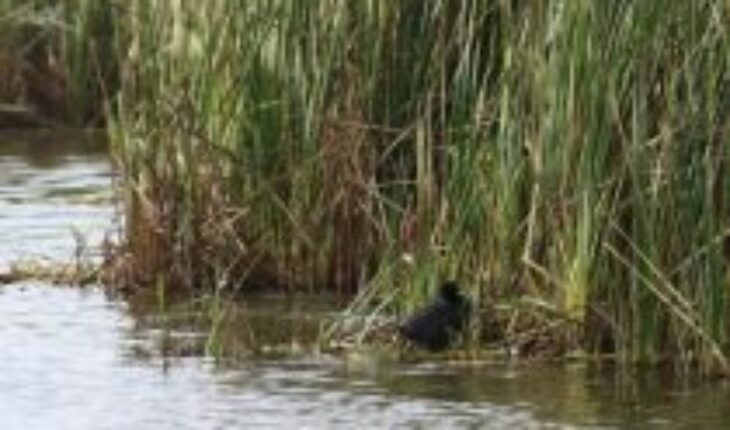Three years ago in the National Congress a step was taken in the protection of urban wetlands, when the draft Law on the Protection of Urban Wetlands was unanimously approved, which seeks to relieve the importance of the protection needed by these ecosystems, which – because they are in densely populated urban areas – suffer more frequently alterations that degrade them and make them disappear, sometimes faster and to limits that are impossible to reverse.
Wetlands today are appreciated as strategic for their great ecological value, with a high capacity to host biodiversity, in addition to representing one of the most productive ecosystems on the planet, with highly diversified habitats that generate food alternatives for many different species and host diverse concentrations of avifauna.
Within the region of Coquimbo and along its coast, there is a network of wetlands recognized for their complexity and importance, and for constituting important places of refuge for birds: Punta Teatinos, mouth of the Elqui River, Culebrón, Lagunillas, lagoons Salinas Chica and Salinas Grande de Tongoy; and Estero Pachingo, among others. Most of them are in areas of accelerated urbanization so they will become urban in the near future that, lacking environmental protection and management programs that help their conservation, will be exposed to various anthropic interventions that will endanger them.
Inserted in the city, the Estero Culebrón, is currently pressured by the conditions of its environment, real estate activities, fairs, highways, tourist beaches, etc. that represent a threat to its ecological quality, flora and fauna; especially for birds that nest and feed on this site. This has made episodes of pollution and negative interventions that have been denounced mainly by citizens increasingly frequent.
Because of these threats, sustainable wetland management increasingly represents an opportunity for local development, for ecotourism activities, bird watching, scientific research and environmental education.
In this sense and in light of the validity of this law, the municipalities are key actors, which establish the ordinances and delimit the areas of urban wetlands in their respective communes. An excellent challenge and opportunity for technical cooperation arises, both for municipalities, universities, research centers and social organizations, to develop studies and projects that protect them.
Successful initiatives have shown that integrating communities and all stakeholders in conservation processes are a focus of change and encourage active and responsible participation, with environmental monitoring days, participatory formulation of management plans, workshops and communal and intercommunal pedagogical meetings, among others.
Finally, from these citizen initiatives will emerge the strength and clarity to demand from the communal governments and their respective works directorates, that real estate initiatives of any kind are not allowed to be carried out, which further deteriorate the ecological vulnerability in which our wetlands are located, leaving on the table the uncertainty of effectively knowing how much progress we have made in matters of protection and control of these ecosystems in recent years.
Follow us on
The content expressed in this opinion column is the sole responsibility of its author, and does not necessarily reflect the editorial line or position of El Mostrador.





